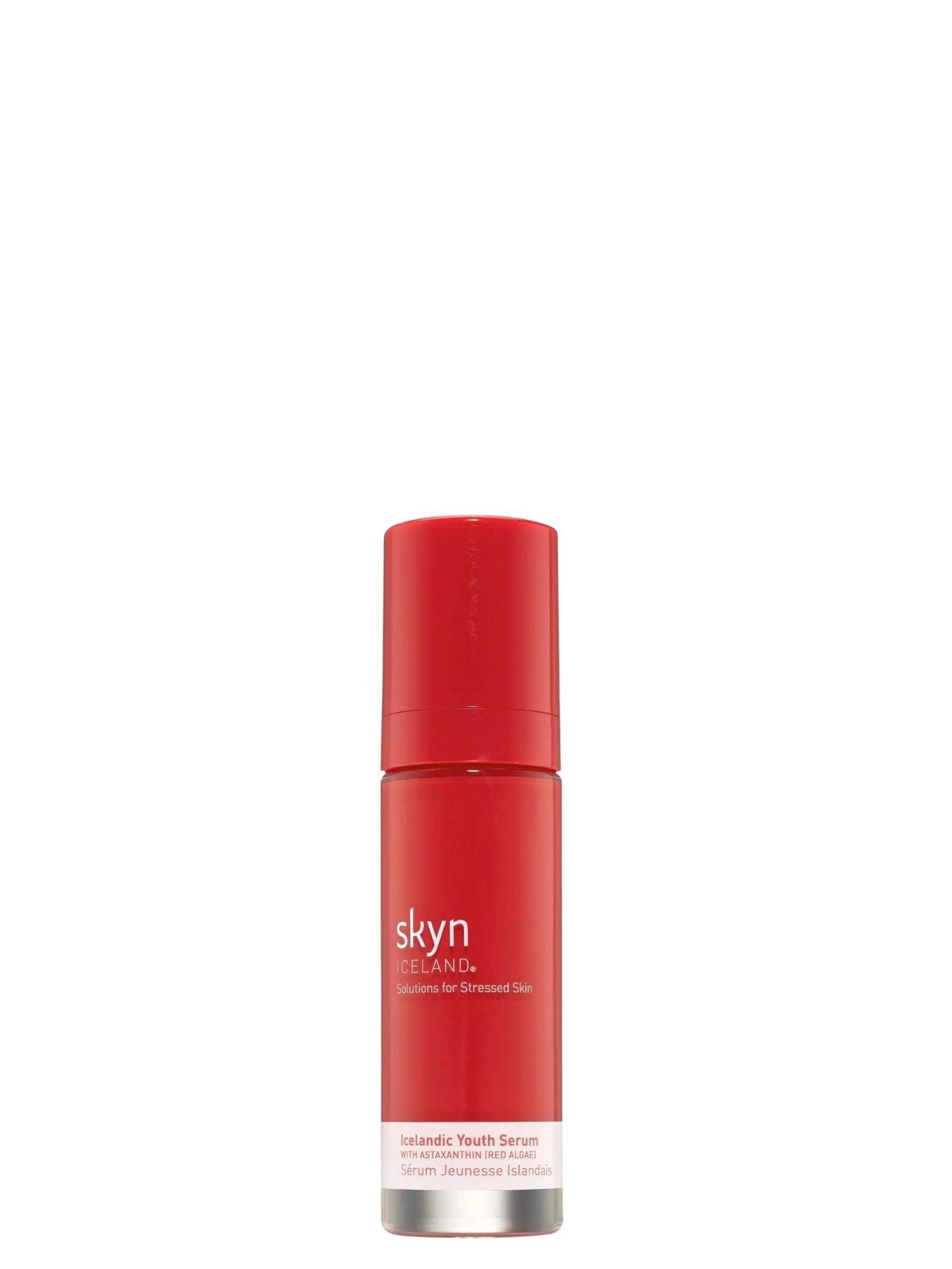With science serving up more insight into the power of seaweed, skincare brands are harnessing its many benefits in moisturisers designed to protect fragile skin
All products featured on Vogue are independently selected by our editors. However, when you buy something through our retail links, we may earn an affiliate commission.
Fresh, dried or cooked, seaweed has been used for thousands of years in Asian cuisine. Now that studies show it may boost immunity, lower blood pressure and promote heart health, it has been raised to superfood status in wellness circles.
But algae is also a crucial backing singer in our pots of moisturiser, acting as water-attracting agents, antioxidants and satisfying the needs of dry skin craving moisture. Of course, algae isn’t a new beauty ingredient; it’s been part of La Mer’s cult-favourite formula since the '60s. But the skin benefits each individual sub-species poses is now the subject of scientific studies. Astaxanthin, for example, is extracted from red microalgae found in Iceland and thought to be 6,000 times stronger than vitamin C, making it one of the most potent antioxidants in the world.
Here Stanislas Le Bert, director of L:A Bruket, reveals the mysteries of these oceanic plants…
What is algae?
The term ‘algae’ is broadly used to describe a group of plant organisms. There are more than 50,000 living species of algae on earth, all widely different from a genetic point of view. Some have been around for over two billion years and new algae species are still being discovered today. Typically, algae grows in the sea but they can also grow in inland waters (rivers and lakes) and on land.
Macroalgae are the most common algae used in skincare. These are multicellular organisms, commonly called seaweeds, and fit into three major categories, namely Phaeophyceae (brown algae), Rhodophyceae (red algae) and Chlorophyceae (green algae).
What are the benefits of algae for skin?
Compared to terrestrial plants, algae contain 10 times more diverse compounds including fucoidan, fucoxanthin, polysaccharides, polyphenols and fucosterols, which all have valuable anti-inflammatory, antioxidant, antibacterial and anti-aging properties.
This is mainly due to the ability of marine algae to survive harsh conditions such as heat, cold, ultra-violet radiation and salinity. To adapt to the physiological changes of their environment, algae evolved their structure and metabolism. For example, most seaweeds, subject to low tide, have thick cell walls with protective layers to help prevent them from drying out. Those exposed to the sun will produce UV screening compounds, which act as antioxidants, while algae are also rich in minerals such as calcium, sodium, potassium and magnesium to reinforce the skin barrier.
Laminaria digitata, a brown algae growing in Swedish coastal waters, covers itself in mucilage, a kind of second skin, rich in alginates. The function of these molecules is to stimulate and develop the algae’s defense system – all of which could potentially have a similar benefit on the skin. Our new Rejuvenating Hand Serum contains an ingredient from these brown algae, which promotes repair by strengthening the skin’s Epidermal Growth Factor.
What skin types benefit most from using algae?
Algae can benefit all skin types, including the most sensitive skin, as it possesses a wide range of biological benefits without any negative side effects for human cells. Skincare charged with algae is especially good for damaged, vulnerable and exposed areas of skin such as the hands, neck and face.
How should you use algae?
With their numerous skin benefits, algae actives are suitable for daily application throughout the year. As with all marine ingredients, the algae used in your skincare product should have a high level of purity; an absence of heavy metals, pesticides and toxins; be sustainably and organically sourced and extracted using eco-friendly bioprocessed techniques.






